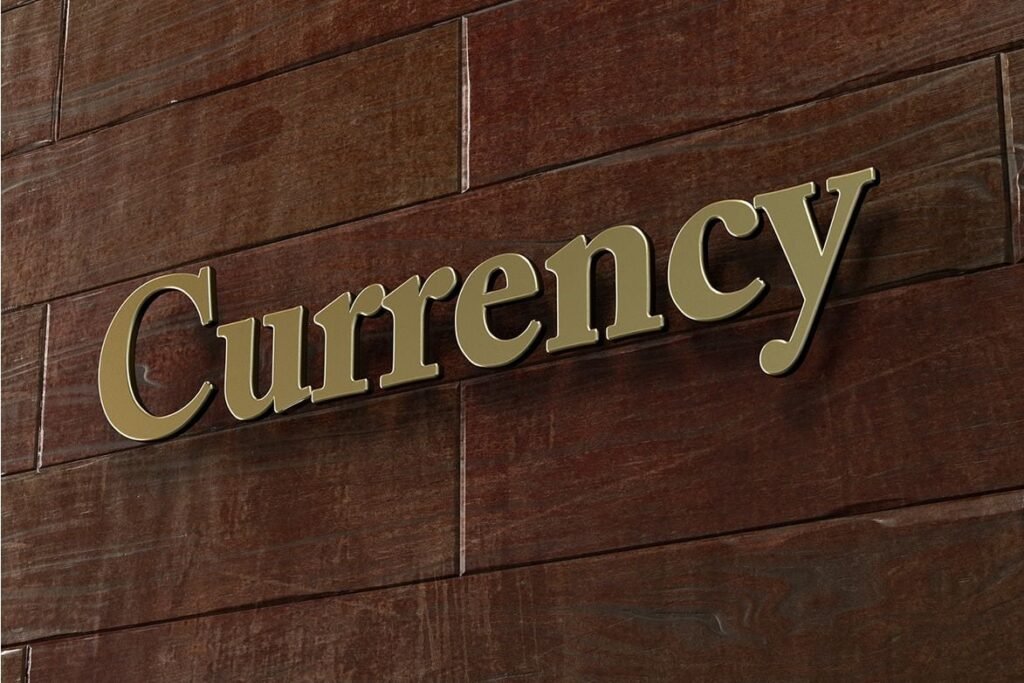
© Chris Titze Imaging, Adobe Stock
The Pound rose broadly during early trading Thursday while the Dollar fell and the Euro trod water as markets responded to May UK retail sales data and the latest Federal Reserve interest rate rise, while also positioning for an eagerly awaited monetary policy decision from the European Central Bank.
GBP Spike as Retail Sales Growth Hits Post-referendum High
The Pound spiked higher Thursday as trader responded to Office for National Statistics data showing retail sales rising apace for a second consecutive month in May, suggesting the economy may finally be recovering from its first-quarter slump and helping to support expectations of a Bank of England interest rate rise in August.
UK retail sales rose by 1.3% during the recent month which, although down from the upwardly-revised 1.8% expansion seen in April, is substantially ahead of market expectations for growth of just 0.5%. That saw the annual rate of retail sales growth rise to 3.9% in May, up from 1.4% previously, which is far ahead of the consensus for annualised growth of just 2.4%.
This marks the fastest annualised expansion of UK retail sales since before the Brexit vote of June 2016 and draws a definitive line under the contraction seen in March, when consumer spending had been hampered by a period of poor weather at the beginning of the month.
“May’s retail sales figures have added to the evidence that consumer spending growth has picked up some pace following the softness at the start of the year,” says Ruth Gregory, a UK economist at Capital Economics. “Even if sales were to post a big drop of 1% or so in June, they should still rise by a quarterly 1.8% in Q2, the largest quarterly gain since Q1 2016 and a vast improvement on Q1’s 0.3% quarterly fall.”
The Pound was quoted 0.43% higher at 1.3440 against the Dollar following the release while the Pound-to-Euro rate was 0.24% higher at 1.1365. Sterling was also higher against all other developed world currencies.
Advertisement
Get up to 5% more foreign exchange by using a specialist provider to get closer to the real market rate and avoid the gaping spreads charged by your bank when providing currency. Learn more here
US Dollar on Cusp of Renewed Downtrend as Faster-Fed Fails to Inspire the Market
The US Dollar fell broadly Thursday even after the Federal Reserve raised its interest rate for a second time in 2018 and signalled to markets that it will soon step up the pace at which it tightens US monetary policy, suggesting the two-month-long rally in the greenback may now be exhausted.
US rate setters raised the Federal Funds rate range to between 1.75% and 2% on Wednesday, from 1.5% to 1.75% before, and added another black mark to the so called “dot plot”. The dot plot now shows a majority of Federal Open Market Committee (FOMC) members expect to raise rates two more times in 2018 and three more times in 2019.
“That means the Fed’s median interest rate forecast is now in line with our own long-held forecast for this year. Where we differ is in expecting a slowdown in economic growth next year to limit the Fed to only two more rate hikes in the first half of 2019,” says Michael Pearce, a US economist with Capital Economics.
The Dollar index briefly reached a peak of 94.0 in the immediate aftermath of the announcement but was sold heavily overnight and quoted 0.2% lower at 93.35 Thursday. The Pound-to-Dollar rate was 0.38% higher at 1.3431 while the Euro-to-Dollar rate was 0.14% higher at 1.1819.
Commentary on the so called “neutral rate” from Fed chair Jerome Powell may have been behind the negative response from markets Thursday, with the newly minted head of the FOMC emphasising to reporters that the Fed would be “data dependent” as monetary policy approaches the “neutral rate zone”.
Euro Eyes European Central Bank Meeting
The Euro trod water Thursday morning as traders took up positions ahead of the eagerly anticipated June monetary policy announcement from the European Central Bank, due at 12:45 pm London time.
Markets are looking for a firm commitment from the governing council to winding down the ECB’s quantitative easing programme later in 2018. This would open the door to a possible 2019 interest rate rise for the Eurozone, which would normally be supportive of the Euro, but slower economic growth in the first half and fears over the outlook for international trade could easily scupper the central bank.
“Market expectations have become more hawkish in the run up to today’s policy meeting, which has been encouraging a stronger euro,” says Lee Hardman, a currency analyst at MUFG. “ECB officials have sounded more hawkish than expected recently as they have placed more emphasis on the improving inflation outlook rather than the increased downside risks to the growth outlook posed by heightened Italian political risks, the implementation of protectionist trade policies and the higher price of oil.”
The Euro-to-Dollar rate was 0.14% higher at 1.1819 during the morning session Thursday although the single currency was lower relative to the Pound, Japanese Yen and New Zealand Dollar.
Advertisement
Get up to 5% more foreign exchange by using a specialist provider to get closer to the real market rate and avoid the gaping spreads charged by your bank when providing currency. Learn more here







